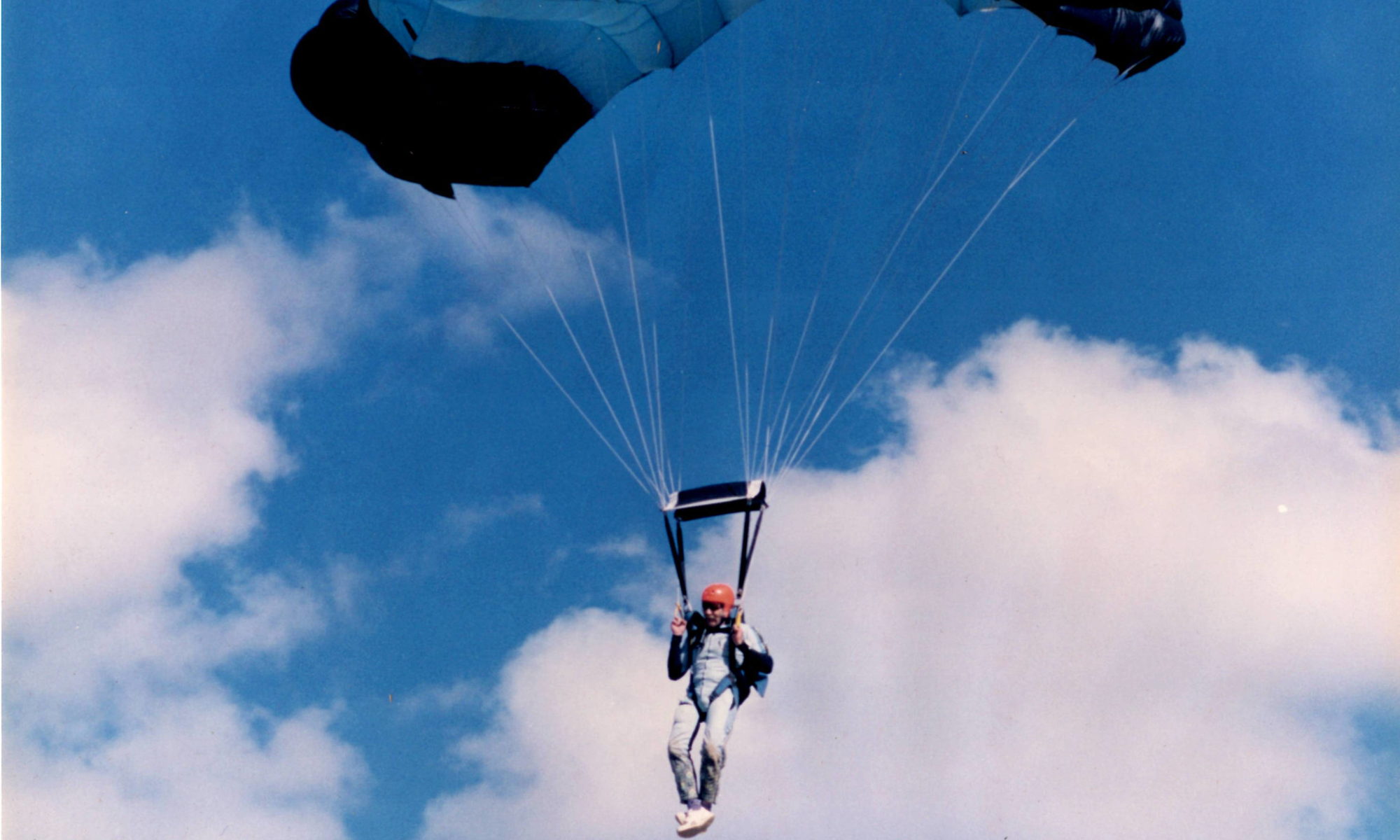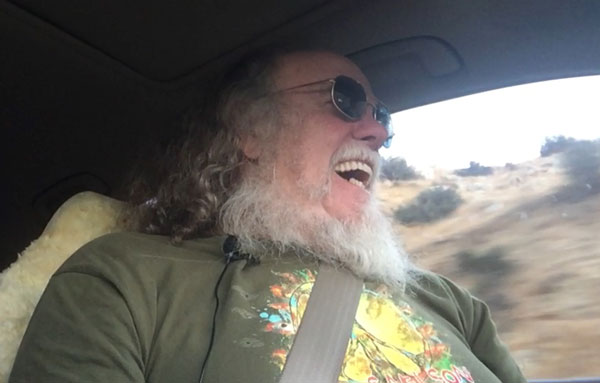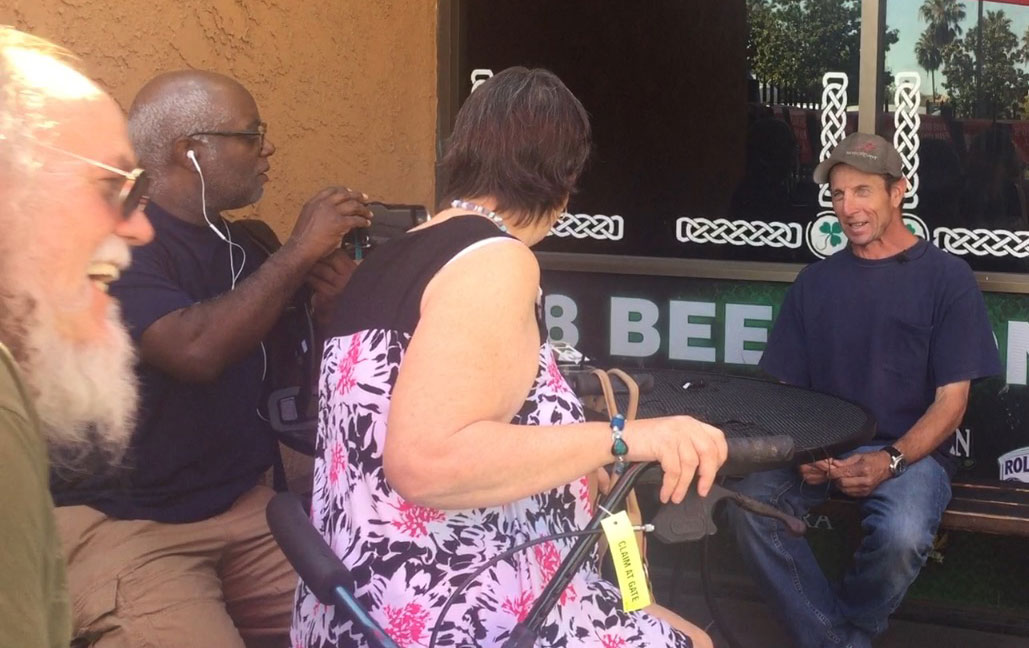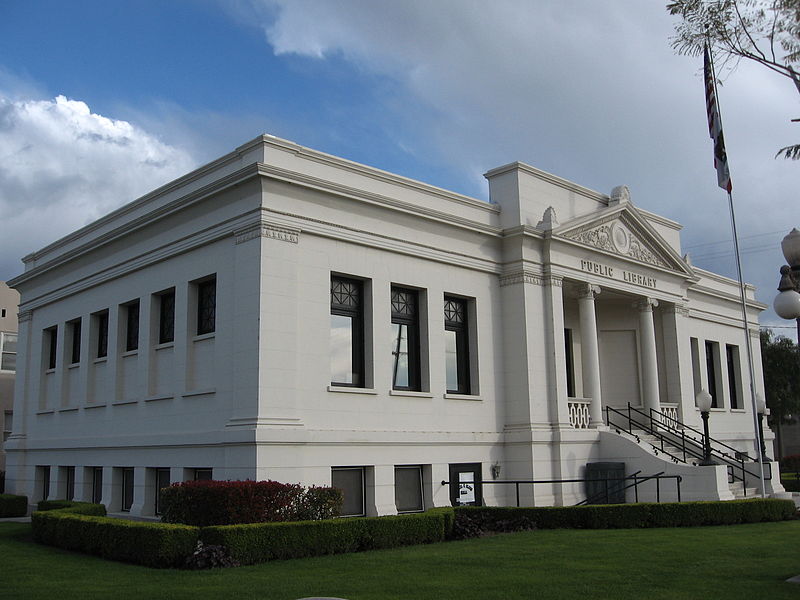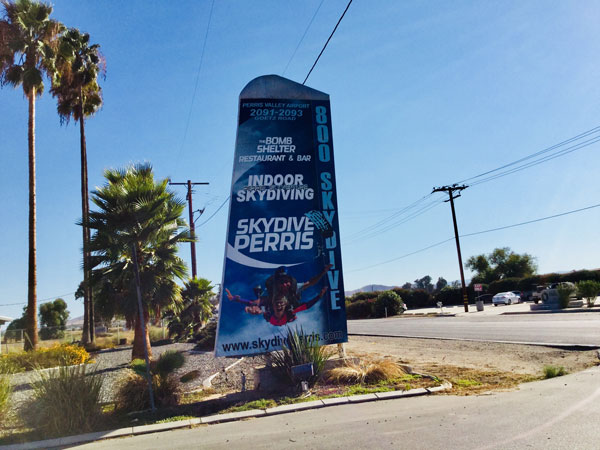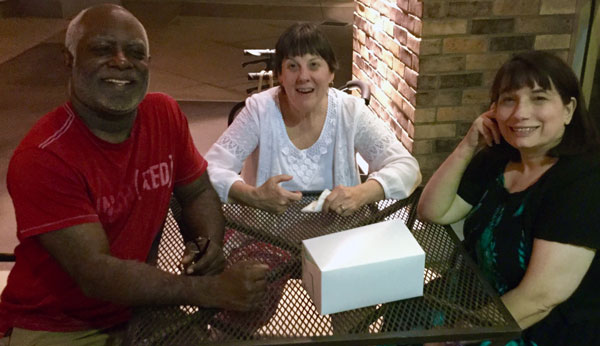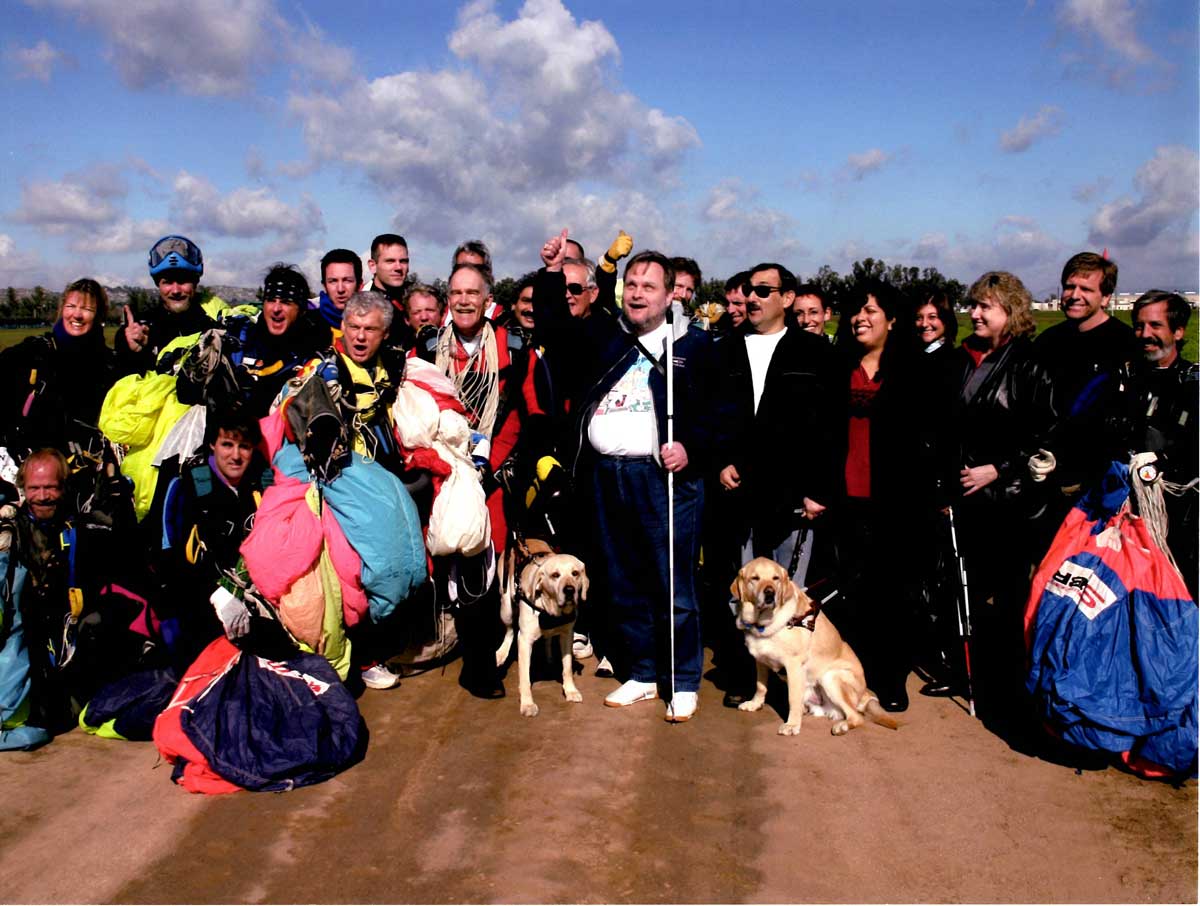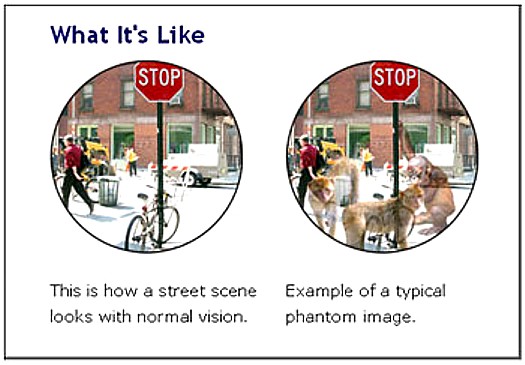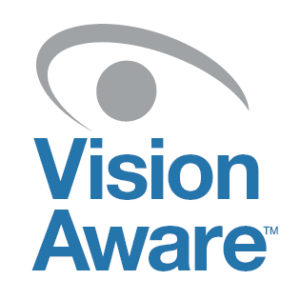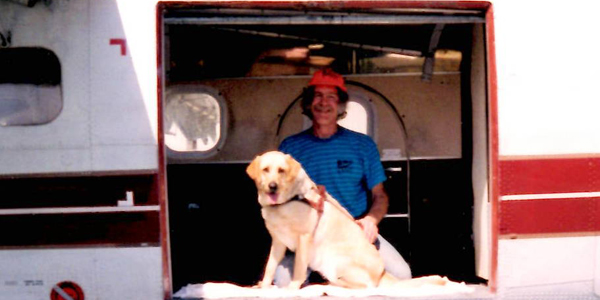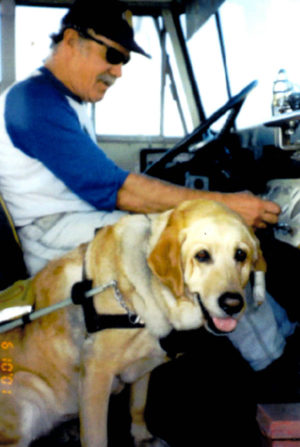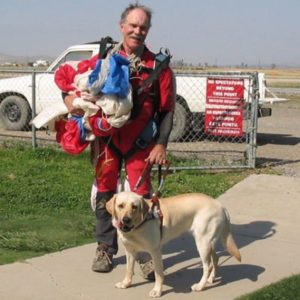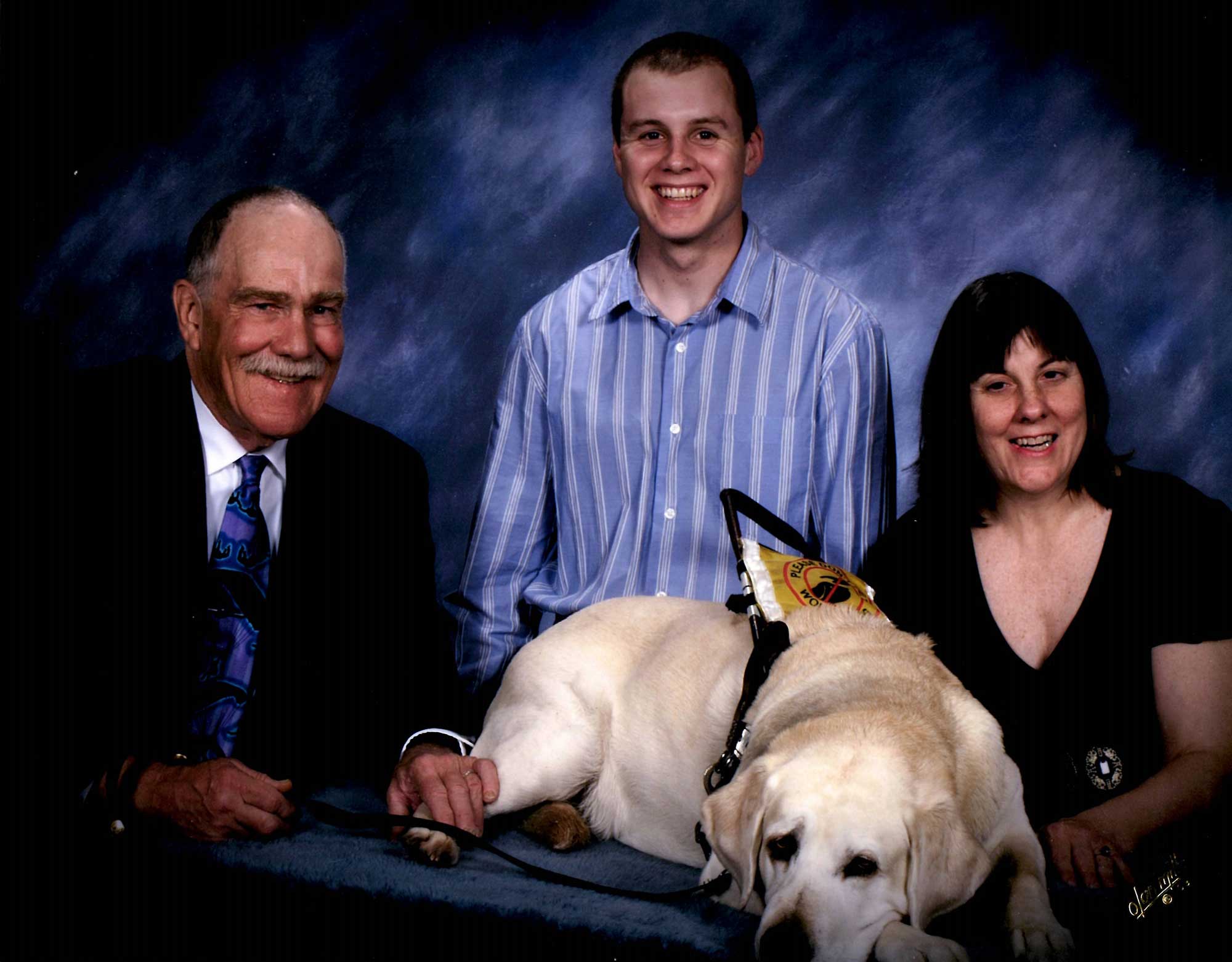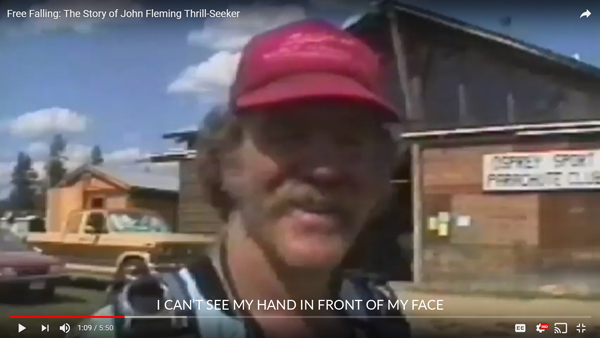Well our website played a trick on us and we almost lost it. But we’re treating you with our news today, Halloween. How spooky! Our E-mail Address: If you have tried sending e-mails to us through producers@blindjohnmovie.com, we have corrected the problem. That e-mail address is working again and our website is back live. Thank you for your patience. Thanks a million to Lura Frazey for her ever-present gracious help behind the scenes.
October is recognized as National Disability Month!
What better way is there to celebrate than to send out our updates about the documentary we are making about the late John Fleming, our favorite and legendary blind skydiver! This film promises to be part of changing the culture around how people who are blind, and/or have other disabilities are viewed and integrated into the mainstream of life.
Have you heard?
Flying Blind Productions, LLC got a Regional Arts and Culture Grant (RACC) in October 2018.
Now we’re scheduled to show our work in progress, along with other RACC recipients! Save the Date!
When: Monday December 16, 2019
6:00 PM: Reception
7:00 PM: Film screening and other recipient work showing
Where: Northwest Film Center’s Whitsell Auditorium
219 SW Park Ave.
Portland, OR
For information contact Darian at (503) 522-3272
Or Jenny at (503) 577-3917
Email us at: mailto:producers@blindjohnmovie.com
Accomplishments
Sometimes we apply for funding requiring local fiscal sponsorship. Therefore, we searched for a local fiscal sponsor to meet those requirements. We’re happy to announce our local fiscal sponsor is the YWCA in Portland, Oregon. Thanks Jenny for taking the lead on this. And, a special thanks to Susan Stoltenberg, Executive Director, Portland YWCA.
In June we met Cheryl Green. Cheryl is an accomplished video describer and closed caption expert. We hope to tap her knowledge and skills as we get closer to producing the final film.
In July, Jenny, Derek, Darian and her sister, Laura, held a film screening at the home of Mark and Randie Peterson in Southwest Portland. A special thanks to Mark and Randie Peterson for hosting us so graciously and to those who attended and provided financial support. Also thanks to Laura Roberts for her support.
August was a busy month. Darian, Jenny and Derek traveled to Medford and White City to interview some key players in John’s story. This time we were joined by a second camera person, Anna Mendes, a student at Southern Oregon State University. With Anna’s help, she and Derek shot great interview footage, b-roll, and even an outdoor shoot with Grog hiking the trail to John’s house in Williams. On top of that, Anna was skilled and fun to hang with. Thanks, Anna.
Thanks to Mike Burrill, Jr. for hosting us at his hanger and for participating in another interview himself. We were also pleased to interview George Holberton again. Second interviews have helped to capture individuals’s stories, as some previous interviews were done in groups.
Thanks to George Holberton for hosting us at Beagle Sky Ranch. It was great seeing Oliver and Ann Valencia, Wayne, Jim and others at the drop zone. We got some great interview footage. Mark Owen gave us a delightful interview, recalling so many memories of John. Thank you Mark!
Thanks to Rabbit for hosting us at her home in Ashland. Rabbit has a beautiful, interesting home, and it was fun to meet her husband, David. We got a few more juicy tidbits about her memories of John. I was too young to go to Woodstock, and I am envious that Rabbit was able to experience it. This was a timely topic as this is the 50th anniversary of Woodstock. John would have loved to have been there.
We’re changing the name of the film! It was “Free Falling: The Story of John Fleming, Thrill Seeker”.
We think our new title is compelling and easy to remember. Look forward to more about our film: “Flying Blind”.
Funding
Do you know of companies who embrace the concept of raising awareness about blindness and who might consider sponsoring or investing in our project? Funding will enable us to get closer to completing the film. We would greatly appreciate any leads that would help us expedite our process. Please feel free to send your ideas to us: mailto:producers@blindjohnmovie.com
Would You Consider Becoming a Sustaining Donor?
So far you have all generously supported our project in word, encouragement, connections, sharing your memories of John and so much more. Your financial contributions have been the impetus that keeps us going. We are extremely grateful for your support.
We’re still keeping our noses to the grind stone, though, and there is still work to be done. Would you be willing to become a sustaining donor? Your support will ensure our ability to continue doing the work while we apply for larger grants and sponsorships. Financial support will assist with paying someone to catalog our materials, edit footage, hire additional camera people for live shooting, fund publicity efforts, reenact certain scenes from John’s stories, purchase insurance and music rights, complete trips for final interviews and pay fees to enter in film festivals
If interested, please contact Darian: (503) 522-3272 or:
mailto:producers@blindjohnmovie.com
Here are the links to the work we have accomplished to date:
Our website: https://www.blindjohnmovie.com/
Our Facebook page: https://www.facebook.com/blindjohnmovie/
Our work sample: https://youtu.be/8pa9whe3YBI
Our Twitter feed: https://twitter.com/blindjohnmovie
Our GoFundMe page: https://www.gofundme.com/blindjohnmovie
